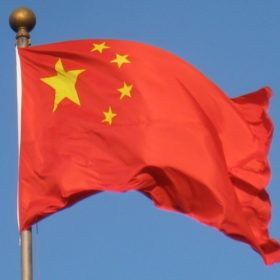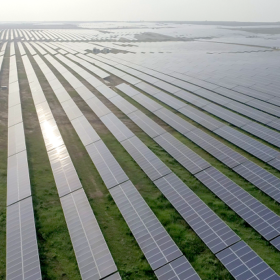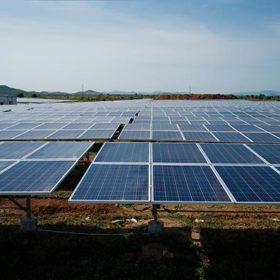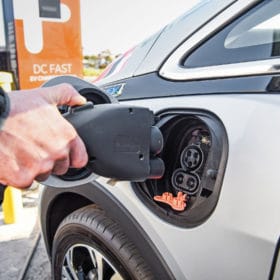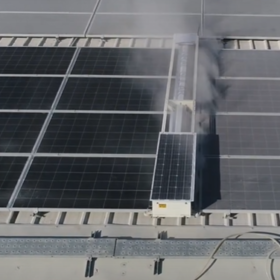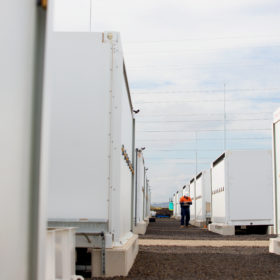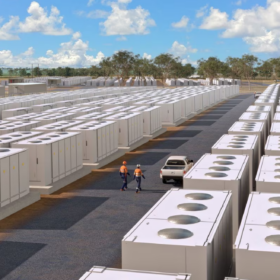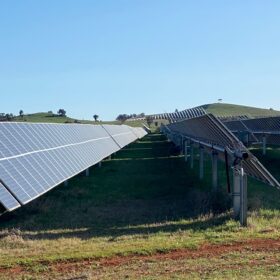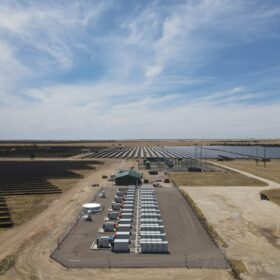China’s cumulative PV capacity tops 322 GW
In other news, Zhonghuan Semiconductor announced it will begin selling 210 mm n-type wafers and the local government in Zhejiang Province said it wants to deploy another 12.4 GW of new PV by 2024.
Indian state of Madhya Pradesh to host 1.4 GW solar park
A new solar power plant will be developed on 2,800 hectares of land near a temple in the Indian state of Madhya Pradesh. It is expected to be operational within a year.
Tata Power secures 300 MW solar project from Indian government
Tata Power Solar has secured an engineering, procurement and construction contract for a 300 MW solar project under India’s Central Public Sector Undertaking scheme. The project, awarded by state-owned hydropower producer NHPC, will be located in the Indian state of Rajasthan.
EV policy should be front and centre this election, but its fallen by the wayside
It’s disappointing that EV adoption policy in Australia has been put on the back-burner this election, writes Des Hang, CEO and co-founder of Carbar. The concern is that action on this issue will be slow regardless of who gets into power, simply because it’s not generating as much buzz as it should during the campaign.
Longi’s ambitious global green hydrogen plans
In recent years, Longi has turned its attention to green hydrogen. Li Zhenguo, company founder and CEO, recently spoke to pv magazine about its strategic shift and how he believes that coupling this technology with solar PV will be the key to achieving carbon neutrality.
Self-powered, dry-cleaning robot for solar panels
Enray Solutions has developed an autonomous, water-free cleaning robot for ground-mount solar installations that draws its power from an on-board PV panel and battery. The robot is designed to withstand the harsh environmental conditions of all kinds of terrain.
Shell to acquire Indian solar developer for $2.2 billion
Shell has signed an agreement to acquire Solenergi Power, an Actis company that owns 100% of Indian developer Sprng Energy. The transaction, valued at US$1.55 billion (AU$2.2 billion), is expected to close later this year.
Energy Vault signs deal with India for gravity-based energy storage
Switzerland’s Energy Vault will support Indian state-run power producer NTPC by deploying its gravity-based energy storage technology and software solutions.
Weekend read: Back to the future with BESS
Bearing witness during battery energy storage system manufacturing can reveal potential failure points and is crucial given the industry’s relative immaturity, argues Frédéric Dross, the vice-president of strategic development for quality assurance provider STS. And much can be learned from the early days of solar.
US body cuts PV forecast 46% due to anti-circumvention investigation
The latest update to the Solar Energy Industries Association’s (SEIA) survey for solar workers and companies shows drastic outcomes for the industry if tariffs are imposed on countries under investigation.
